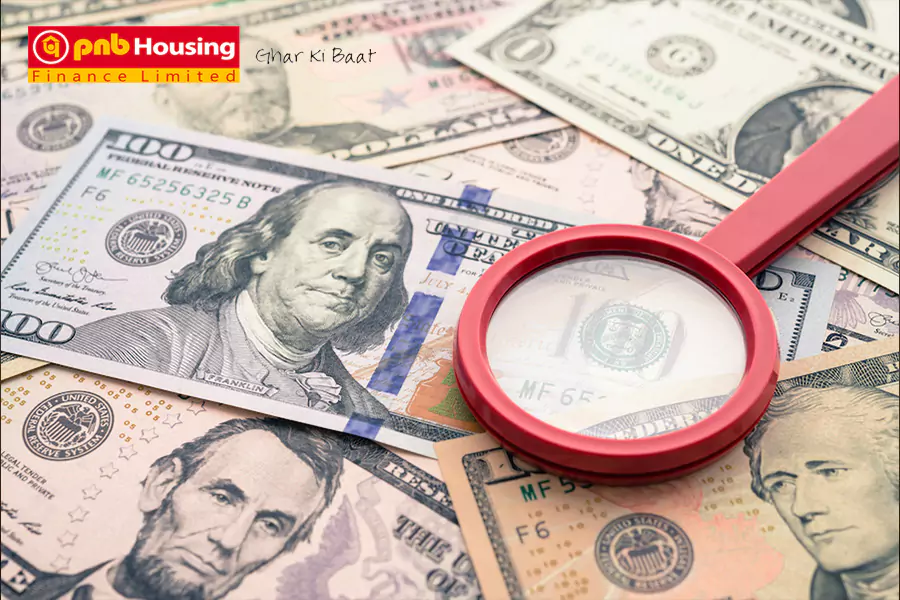Repo rate is the rate at which the central bank of a country (Reserve Bank of India in case of India) lends money to commercial banks in the event of any shortfall of funds. Repo rate is used by monetary authorities to control inflation.
How Does Repo Rate work?
Repo rates are one of the most critical tools that any central bank has in its kitty through which it exercises its authority to manage and maintain a sound and robust financial system of the economy. It is broadly defined as the interest rate at which the central bank lends money to commercial banks. The central bank in India i.e. the Reserve Bank of India (RBI) uses repo rate to manage and maintain healthy and sustainable liquidity in the financial system. When there is a shortage of funds, commercial banks borrow money from the RBI which is paid back according to the repo rate. The central bank increases the repo rate when they need to control prices and restrict borrowings. On the other hand, the repo rate is decreased when there is a need to infuse more money into the market and support economic growth.
Reverse Repo Rate Meaning
The rate offered by RBI to commercial banks in order to park their excess funds in the central bank. Reverse repo rate is also a monetary policy arm regulated by RBI to maintain the flow of money in the market. As per requirement, RBI borrows money from commercial banks and pays them interest as per the reverse repo rate applicable. At a given point in time, the reverse repo rate provided by RBI is generally lower than the repo rate. While repo rate is used to regulate liquidity in the economy, reverse repo rate is used to control cash flow in the market. Contrary to Repo Rate, RBI increases the reverse repo rate to encourage commercial banks to make deposits in the central bank and earn returns during inflation.
Must Read: Fixed Vs Floating Interest Rate: Which Is Better For Home Loan?
Repo Rate and I ts I mpact on Home Loans
An increase in repo rate means commercial banks have to pay more interest for the money they borrow from RBI. Therefore, a change in repo rate eventually affects public borrowings such as home loans. From interest charged by commercial banks on loans to the returns from deposits are indirectly dependent on the repo rate.
When there is a hike in the repo rate, home loans will be priced higher and the majority of existing home loans having floating interest rates will see a rise in their EMIs (Equated Monthly Instalments).
Additionally, the interest rates for existing borrowers linked to financial institution’s internal benchmarks rate, which indirectly depended on the current Repo rate i.e cost of borrowing money from the market. The applicable interest rate, hence will be calculated after factoring in the borrowing cost, internal benchmark rate & credit spread.
How Does Repo Rate Impact EMI
For example, on a running home loan of Rs. 50 lakh with a tenure of 20 years at 7% monthly interest, if the rate increases to 7.4% then the EMI will increase to Rs. 39,974 from Rs. 38,765. Alternatively, the rise in interest rate can be absorbed by increasing the loan tenure, hence keeping the EMI same. In any case, a financial institution informs its customers about the reset in EMI or Tenure of loan.
Current Repo Rate
In its June bi-monthly meeting, the Reserve Bank of India hiked the repo rate again by 50 basis points to 4.90% on June 8, 2022. For the first time since August 2018, the repo rate was raised by 40 basis points to 4.40% on May 4, 2022, marking the start of the financial year 2022-2023.





















